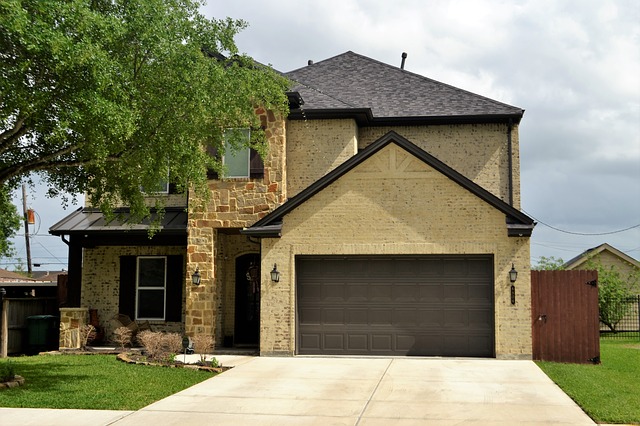Introduction
When it comes to refrigerators, one of the most common questions people have is how long it takes for a refrigerator to get cold. The answer to this question can vary depending on several factors, including the initial temperature of the refrigerator, the type and size of the refrigerator, and the surrounding environment. In this article, we will explore these factors in more detail to provide a comprehensive understanding of how long it typically takes for a refrigerator to get cold.
Factors Affecting Refrigerator Cooling Time
There are several factors that can influence how long it takes for a refrigerator to reach its desired temperature. These factors include:
Initial temperature: If you are starting with a refrigerator that is already at room temperature, it will generally take longer to cool down compared to a refrigerator that is already slightly chilled.
Type and size of the refrigerator: Different types of refrigerators, such as top-freezer, bottom-freezer, or side-by-side models, may have varying cooling times. Additionally, larger refrigerators may take longer to cool down compared to smaller ones due to the larger volume of air that needs to be cooled.
Surrounding environment: The ambient temperature and humidity of the room where the refrigerator is located can impact its cooling time. If the room is very hot or humid, the refrigerator may take longer to cool down as it has to work harder to remove heat and moisture from the air.
Refrigerator settings: The temperature settings on the refrigerator can also affect its cooling time. If the temperature is set to a lower setting, the refrigerator may take longer to cool down as it needs to reach a lower temperature.
Typical Cooling Time
While the exact cooling time can vary based on the factors mentioned above, a typical refrigerator will start to cool down within a few hours of being plugged in and turned on. However, it may take anywhere from 12 to 24 hours for the refrigerator to reach its optimal cooling temperature.
During the initial cooling period, it is recommended to avoid overloading the refrigerator with a large amount of food. This can help the refrigerator cool more efficiently and reach its desired temperature faster.
It is also important to note that the freezer compartment of a refrigerator typically cools down faster than the refrigerator compartment. This is because the freezer has a smaller volume of air to cool and is often located closer to the cooling mechanism.
Tips to Speed Up Refrigerator Cooling
If you are looking to speed up the cooling process of your refrigerator, here are a few tips that may help:
Pre-cool items: If you are placing items in the refrigerator that are already chilled, such as beverages or leftovers, it can help reduce the cooling time.
Leave space for airflow: Ensure that there is enough space around the refrigerator for proper airflow. This allows the refrigerator to expel heat more efficiently, speeding up the cooling process.
Avoid opening the door frequently: Opening the refrigerator door frequently can cause warm air to enter, slowing down the cooling process. Try to minimize the number of times you open the door during the initial cooling period.
Conclusion
In conclusion, the time it takes for a refrigerator to get cold can vary depending on factors such as the initial temperature, type and size of the refrigerator, surrounding environment, and refrigerator settings. While a typical refrigerator will start to cool down within a few hours, it may take anywhere from 12 to 24 hours to reach its optimal cooling temperature. By understanding these factors and following some tips to speed up the cooling process, you can ensure your refrigerator is efficiently cooled and ready to store your food.
References
– www.energy.gov
– www.consumerreports.org
– www.hunker.com











